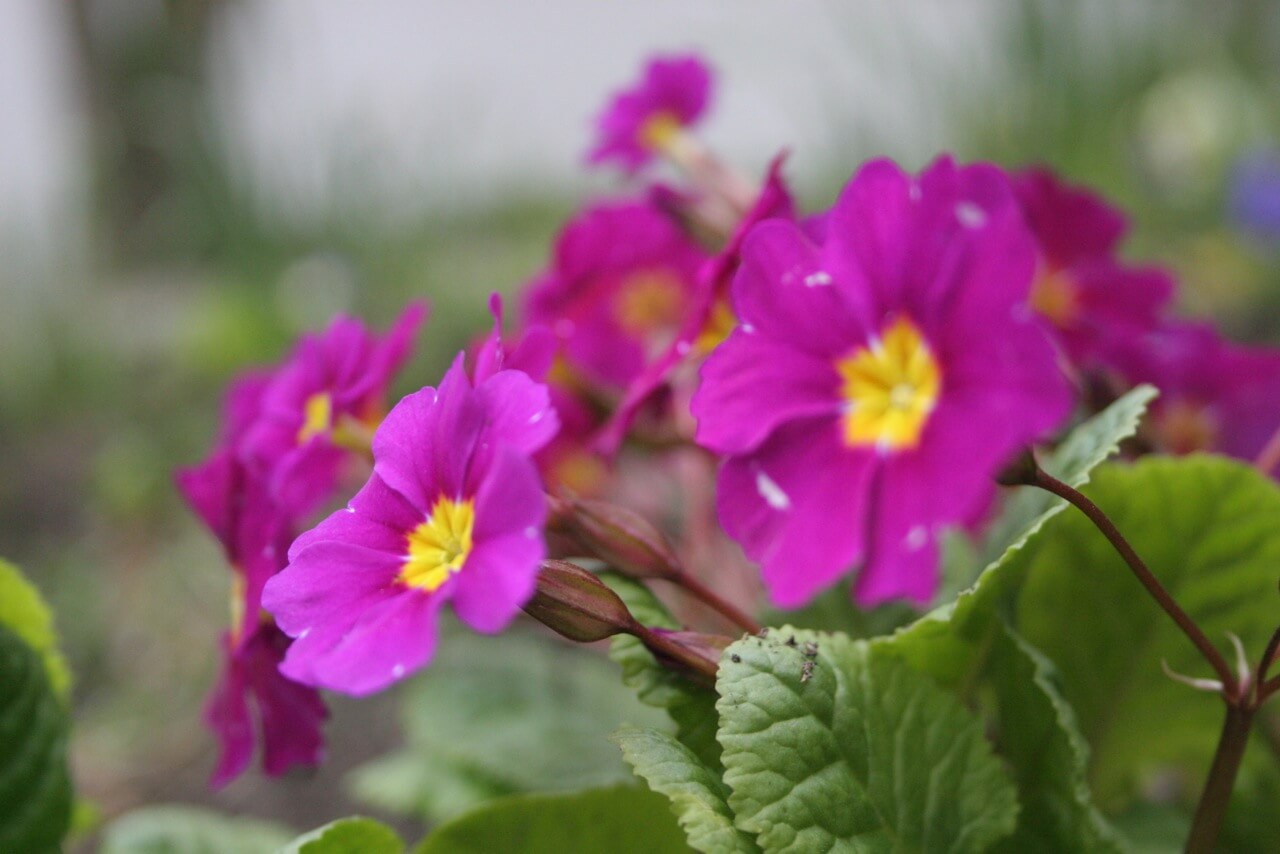 Wonderful! Spring has come along in a rush and the garden looks a mess, but that can’t be helped at the moment. I normally like to have a Spring Clean in the garden, so that when the day arrives, full sun, blue skies, I can simply sit and enjoy a day of bliss.
Wonderful! Spring has come along in a rush and the garden looks a mess, but that can’t be helped at the moment. I normally like to have a Spring Clean in the garden, so that when the day arrives, full sun, blue skies, I can simply sit and enjoy a day of bliss.
Well recently that day came, and the sunshine brought with it all the blooms. For a start the primroses that the lovely people at Primrose sent me have blossomed in the warmth and are such a delight!
This lobelia caught me by surprise, hiding as it was behind the Primrose tree chair, and dragged into the sunlight. It is remarkable how a little sun can spark mass flowering – with a plant like this, once one flower appears, the hormones bring out so many more, and in quick succession. You can bring them on by keeping them slightly underwatered, and warm, causing a little stress, promoting flowering. Once they are in flower, water normally.
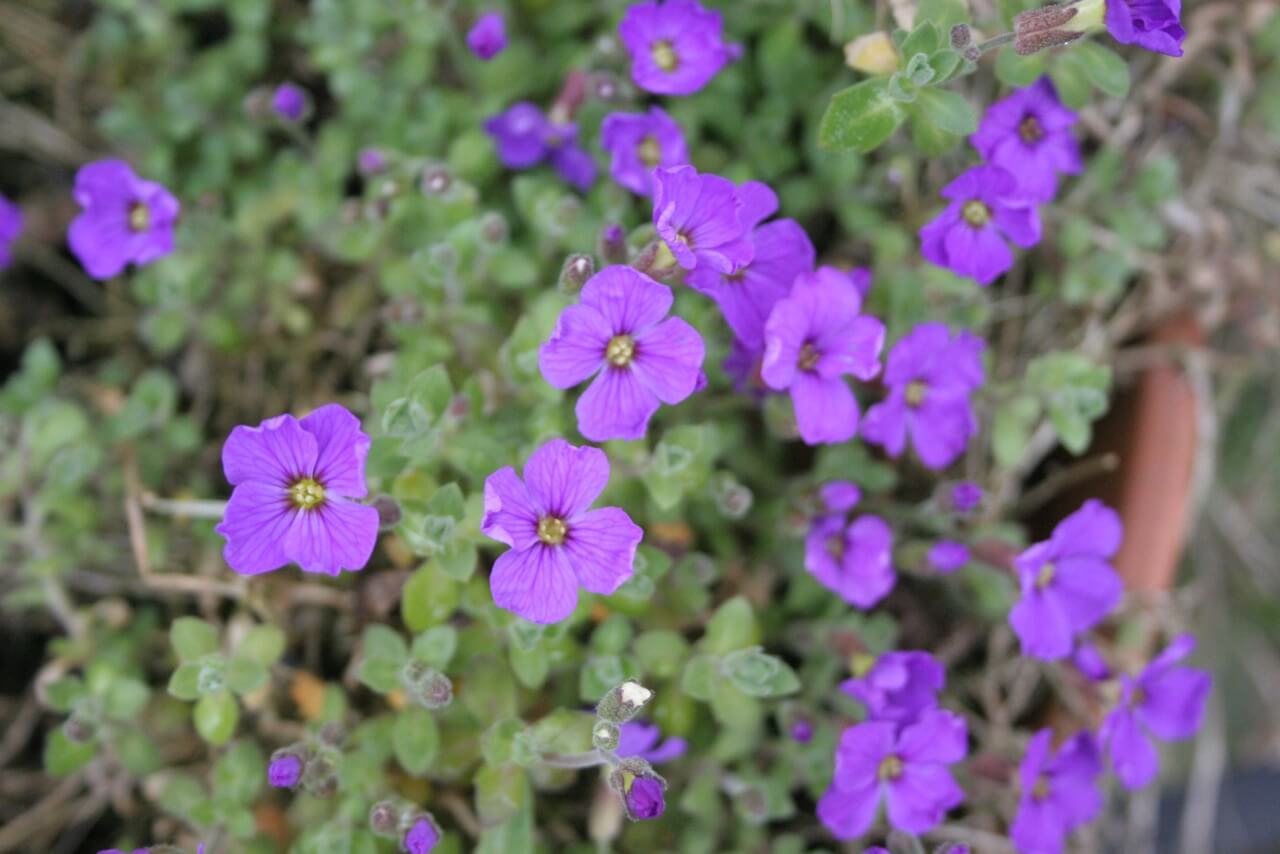
It really is wonderful when plants simply appear in the garden. I take a great store by feeding the birds, and they pay me back by pooing on my garden furniture, being pretty and interesting to watch. For example, if you could get a flower that not only looked as gorgeous as a woodpecker, and did what a woodpecker does, flying all over the garden, everyone would want one.
However, they also pay me back by dropping seeds they have eaten and just sometimes they pay dividends. This wonderful pulmonaria simply appeared in the shade garden a few weeks ago, at a time when my health wasn’t brilliant and all I could do was look out of the window. It was a great joy to see the purple / blue flowers grow on a central stalk – a gift of gratitude from a blackbird or something, and a great joy.
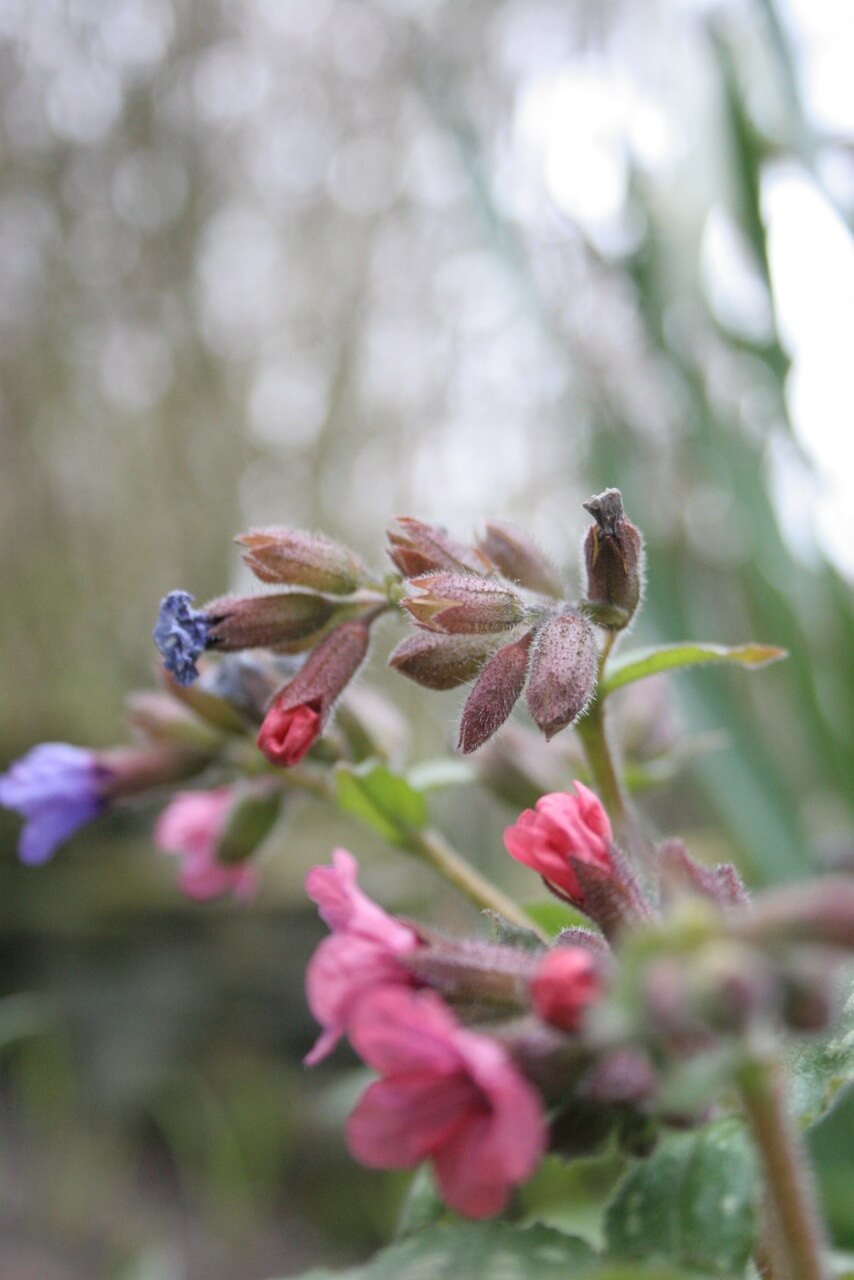
Pulmonaria is also known as lungwort, and has been used for centuries in cough mixtures, and was once used as an unsuccessful treatment for tuberculosis. But now I think it is best as a really beautiful garden plant.
When we think about buying plants we often want to know what it looks like when mature, how big, what colour, what shape. But in the Spring you can get to see plants in a very different state, and for me just as beautiful and important in the garden.
Take this hosta, how out of this world are these buds? This is a very mature plant that looks divine when out in all it’s fullness, but at the same time these buds are so architectural and interesting.
But there is another element to this hosta at this time, it shows promise – when you look at it, you start to wonder what next? That’s one of the wonders of growing plants – will the slugs win? Will they be as beautiful as they were last year?
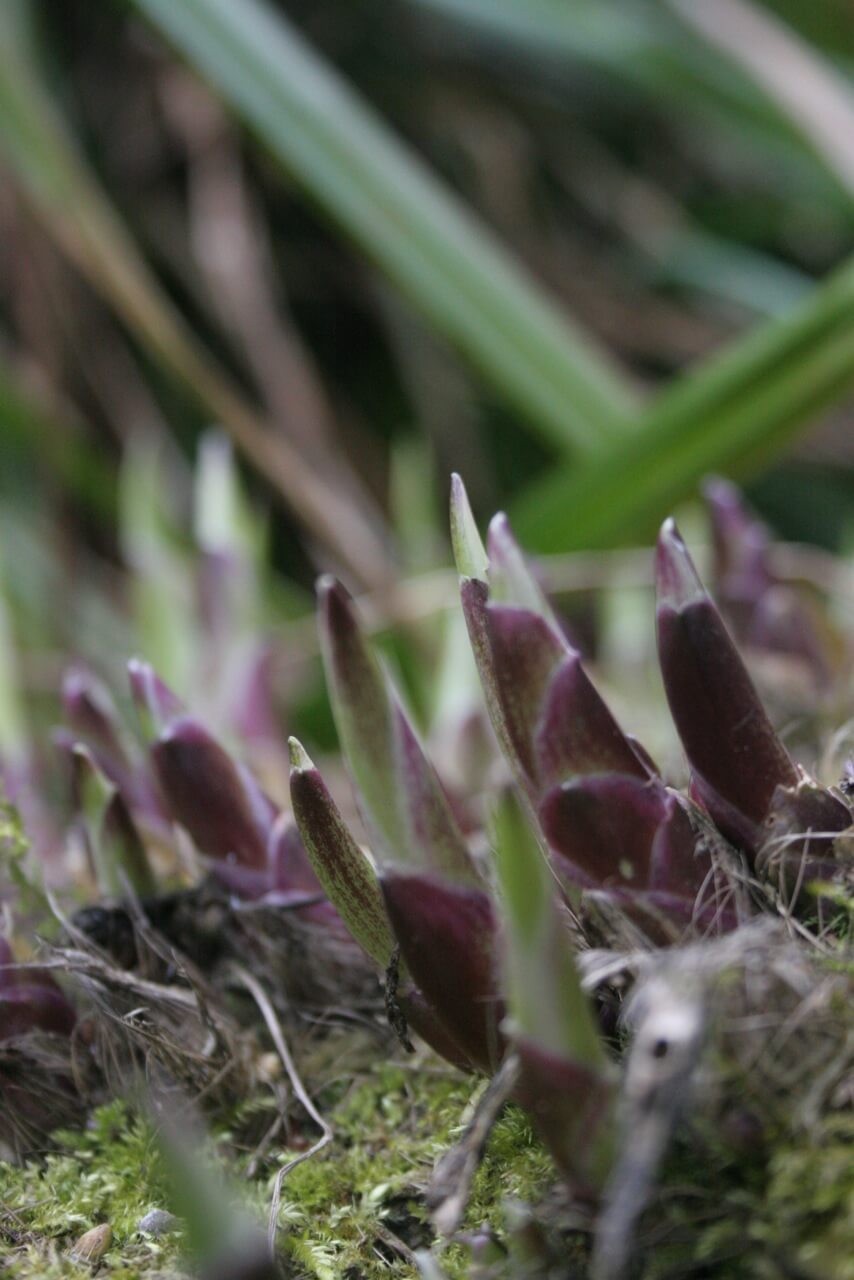
In order to give these hostas the best possible kick start I will be treating them with a couple of handfuls of blood fish and bone as a slow release fertilizer, and later in the summer a foliar feed in the watering can.
Talking architectural, you cannot beat a good fern. Right from the unfurling of the frond, you get interest – of course, they don’t have flowers, and they are a little drab in colour – but the shapes are amazing.
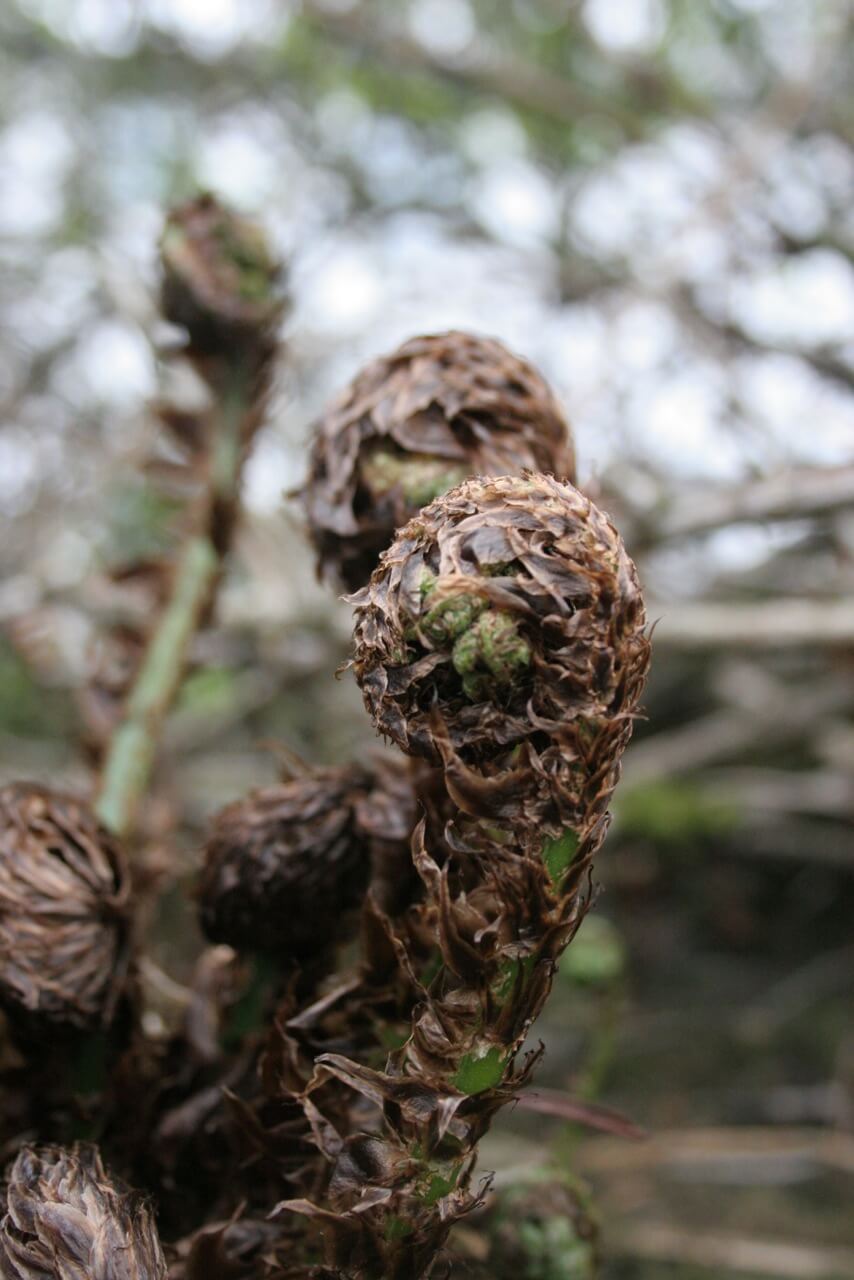
Ferns were very popular with Victorian gardeners because when we lit our homes with coal gas, many of our favourite plants died. The reason was the ethylene in the gas, which just happens to be a plant hormone, the one controlling ripening, aging and death. Consequently, many of our gardens were given over to ferns and our house plants to aspidistras and stepmother’s tongues.
When I am working in the garden, Spring always catches me unawares in as much I know it is time for the sap rising when the blackcurrants start to smell. When the wind is blowing right, the aroma of blackcurrant is unmistakable as the buds burst open and they start to leaf up.
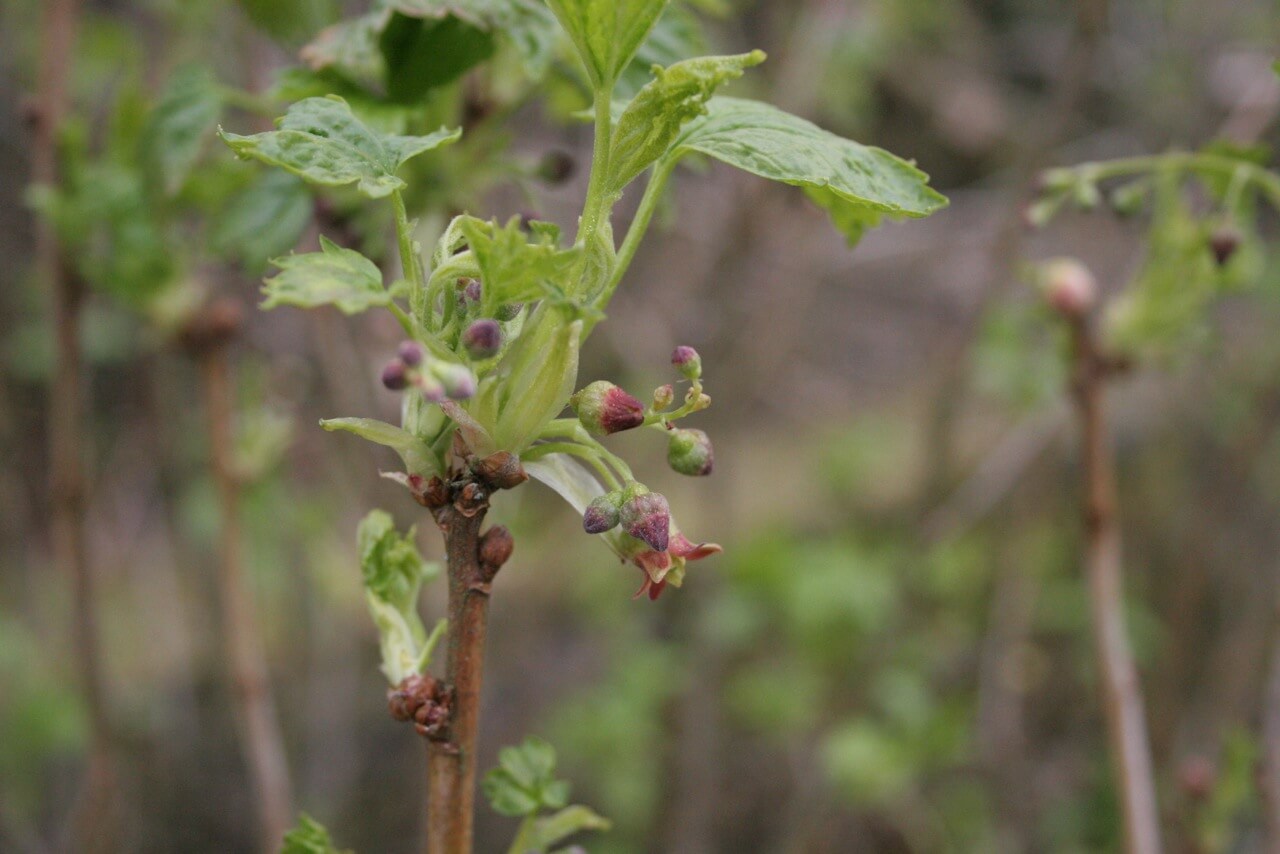
These are ancient blackcurrants that didn’t bear any fruit last year, so they were thinned out in the winter and well fed, so hopefully they will be a little more productive this time around. However, I’m not all that hopeful, and so I am planning some completely new replacements next year.
But for now, as often happens, a good pruning will have to do the trick.
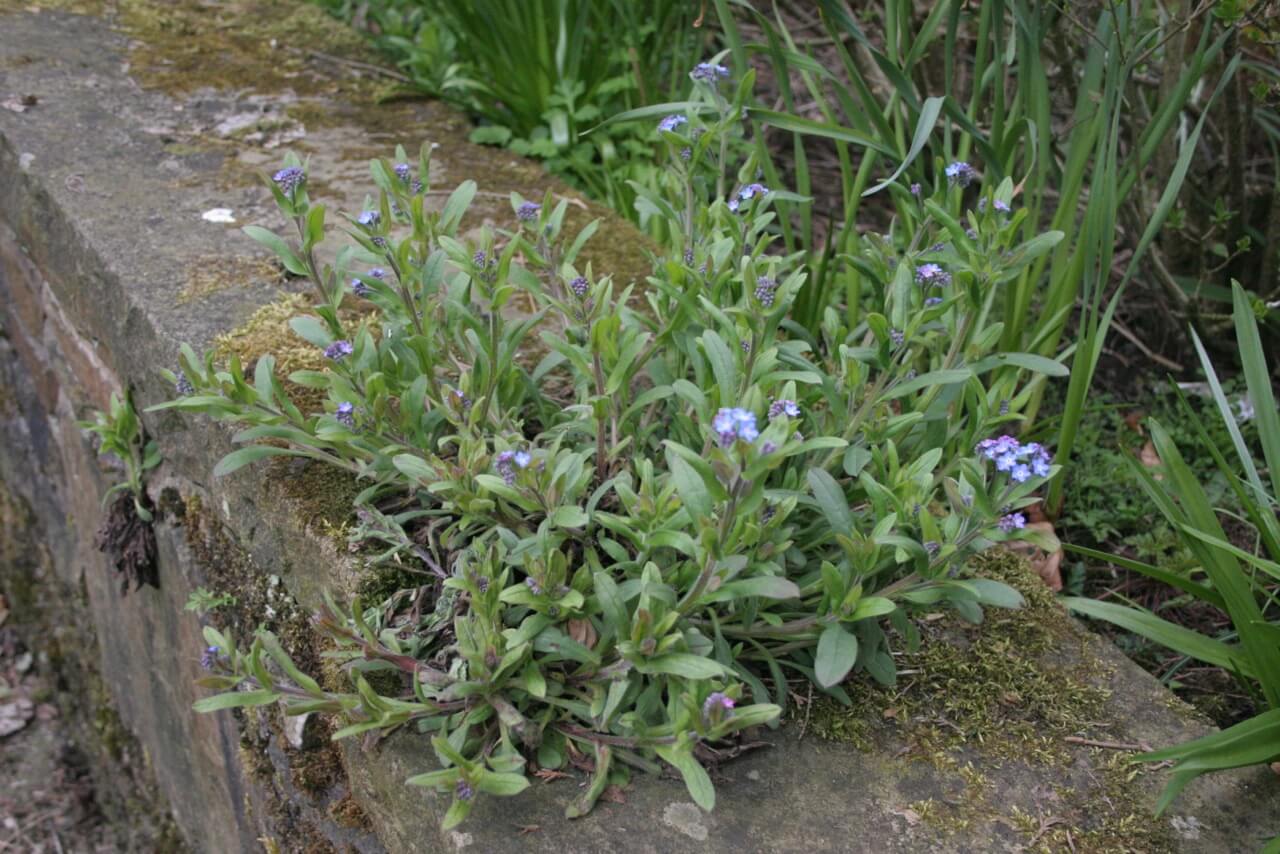
Keeping the rustic alive is an important part of my garden plan. I just love, as you might have gathered, the wild look and where plants seed themselves. Forget-me-nots are just perfect for this, though they can look a little unruly and need to be trimmed to keep them in line. But in as much as they are called forget-me-not, they pop up and raise a smile wherever they are found.
–

Paul Peacock studied botany at Leeds University, has been the editor of Home Farmer magazine, and now hosts the City Cottage online magazine. An experienced gardener himself, his expertise lies in the world of the edible garden. If it clucks, quacks or buzzes, Paul is keenly interested.
He is perhaps best known as Mr Digwell, the cartoon gardener featured in The Daily Mirror since the 1950s. As Mr Digwell he has just published his book, A Year in The Garden. You can also see more about him on our Mr Digwell information page.